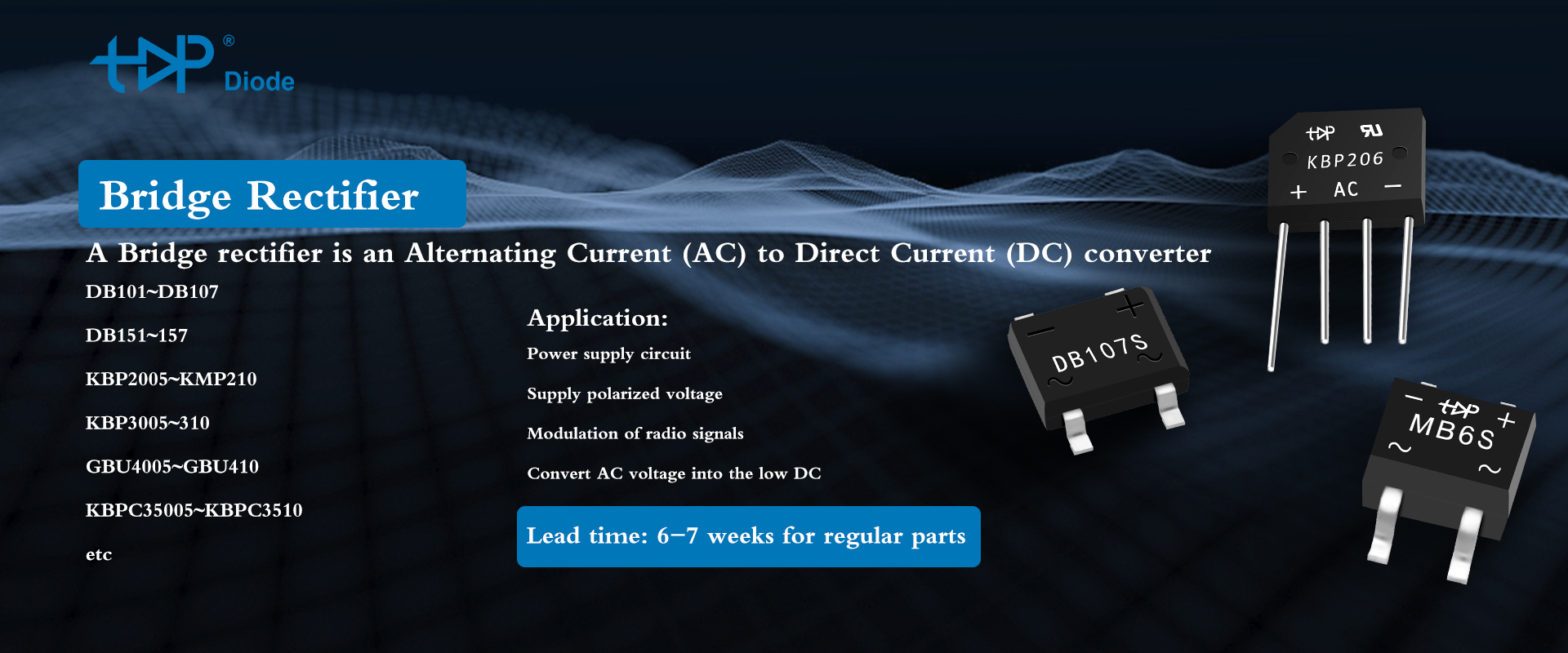Dear Customers and Friends,
Chinese Lunar New Year is at corner, the most important Festival in China.
Celebration lasts usually 1 week from last day of 2021 to 6th of Jan. 2022, and preparation can start 1-2 weeks before New Year's EVE.
I'd love to share with you about some traditions, today it's about New Year decoration including ,
** Couplets for pasting at doors
** Paper-cut for window.
** Lantern
** Flowers and other mascot.
It's one of my favorites......
.






